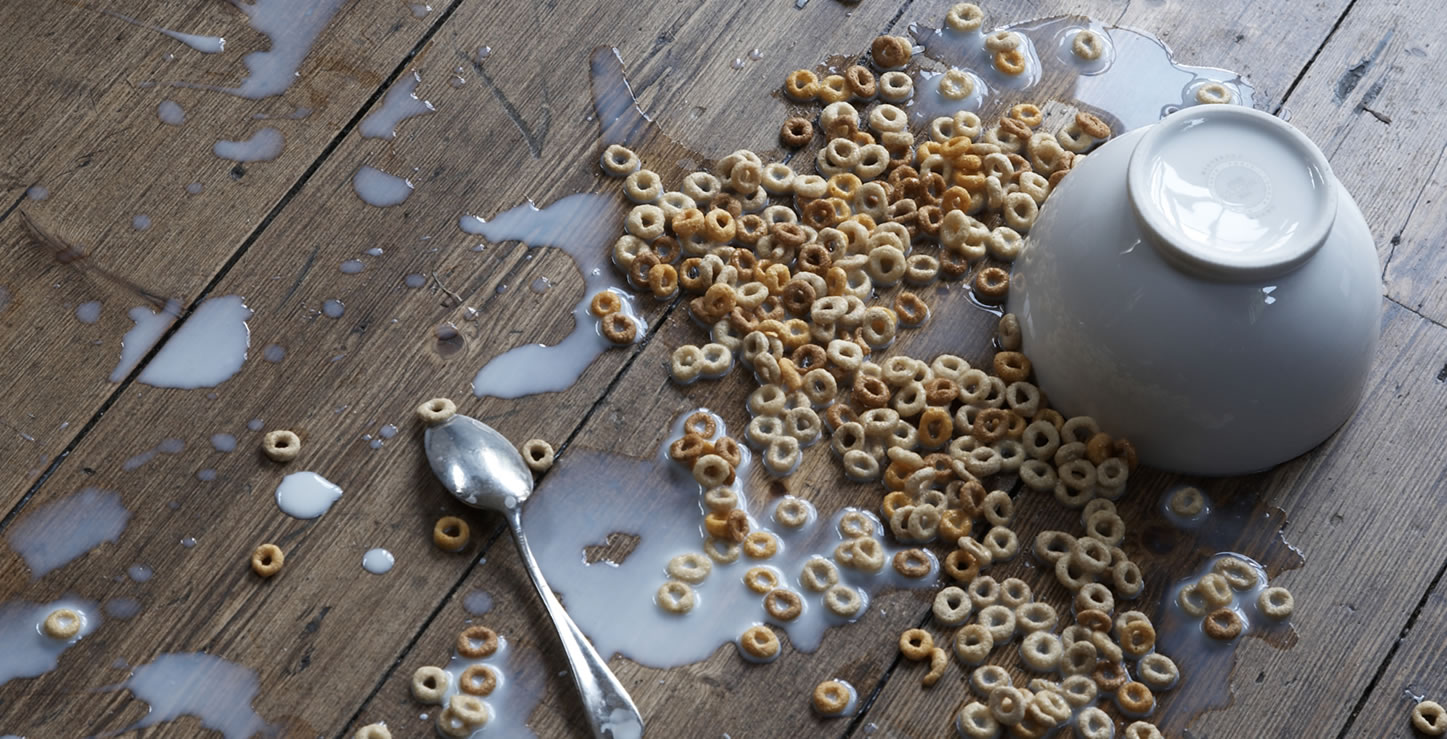Whole Grains Vs Wheat
Did you know that your so-called whole-grain cereal may actually be more breakfast candy than anything else? Full of refined white flour and sugar? To find whole-grain foods that are truly whole grain and healthy, it’s important, for starters, to distinguish between whole grains vs wheat. Here’s how.

Whole Grains Vs Wheat | Tip #1Check out the Ingredient List.
Many cereal, bread, and pasta products claim to be whole grain or whole wheat, but the first ingredient in the Ingredient List is often wheat flour, which sounds healthy, but it’s really just refined white flour; further down the list is whole-wheat flour. That’s not good. Because ingredients are listed in descending order of weight, the further down the list you find whole grains, the fewer whole grains there actually are in the product.

Scout out products that contain only whole grains, and list whole grains like whole-wheat flour or sprouted whole-grain kernels as the first ingredient. Always look for the word “whole.”
The lower down the Ingredient List you find refined grains, the better.
Other ingredients that may sound healthy but, again, are just refined white flour are enriched flour, multi-grain flour, semolina flour, durum flour, unbleached flour, bleached flour, or even spinach flour.
Whole Grains Vs Wheat | Tip #2
Watch out for added fiber.
Many breads, cereals, and other grain products have misleading amounts of fiber in them because much of their fiber is supplemental (isolated) fiber that has been added to the product.
Common isolated fibers that the food industry uses to bulk up not-so-fibrous foods include maltodextrin, inulin, and polydextrose.
The problem is, the many studies that have linked fiber-rich foods with health benefits were based on foods naturally rich in fiber. We do not have research showing that fiber that has been added has the same benefits.
So, when looking for naturally fiber-rich grains, look at the Ingredient List and, like Tip #1 in this article, make sure the first ingredient contains the word “whole.” If so, it’s a good bet the product is mostly whole grain, and mostly naturally rich in fiber.
Whole Grains Vs Wheat | Tip #3
Never believe the claims on the front of the box.
What many think are health claims are actually just marketing pitches and advertisements. And government approved claims, like “whole grain” or “good source of whole grain,” often don’t tell you the whole story. The total amount of whole grains in these products may be a lot less than you think:
- “Whole grain” on a product’s cover, for example, means that as little as 51% of the flour must be whole grain.
- “Multigrain” means a combination of grains, so the product could be mostly refined grains with just a pinch of whole grains.
- “Good source of whole grain” is as little as 8 grams per serving.
- “Excellent source of whole grain” means as little as 16 grams per serving. So a breakfast cereal, which usually weighs between 30 to 55 grams per serving, could advertise itself as an “excellent source of whole grain” when in fact only 30 to 50% of its grain is whole.
Whole Grains Vs Wheat | Tip #4
Always remember to evaluate the entire product.
Even if food products are in fact 100% whole grain, many would still not be considered healthy choices because they’re full of other ingredients that are problematic. For example, one popular cereal “with Whole Grains as its first ingredient,” is still nearly half sugar.
So, never evaluate a product based on just one variable, such as its whole-grain content, cholesterol content, or fat content. Remember “fat-free” foods that were full of sugar, white flour, salt, and calories?
Here’s another good example – a popular “fiber bars”. Sure, they have whole grain oats, but they are also full of added fiber (chicory root extract), sugar-rich ingredients like chocolate chips, corn syrup, sugar, high maltose corn syrup, and sugarcane, plus heart-harmful saturated fat like cocoa butter and palm kernel oil. This isn’t a breakfast bar; it’s essentially a candy bar.
“To be truly healthy, a product must pass several criteria,” sums up Pritikin’s Director of Nutrition, Kimberly Gomer.
“Learning to read food labels, as we teach in our nutrition workshops at Pritikin, can make choosing healthy foods much easier.”